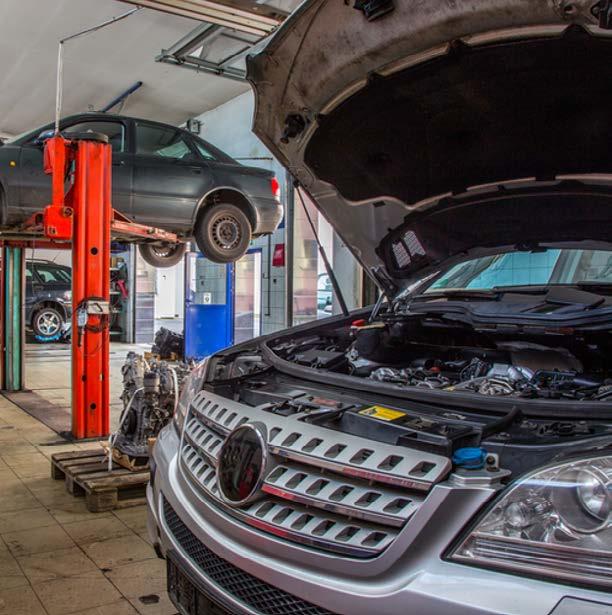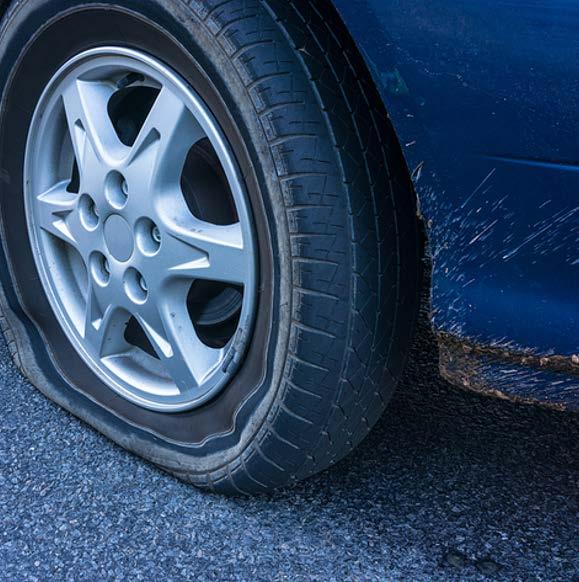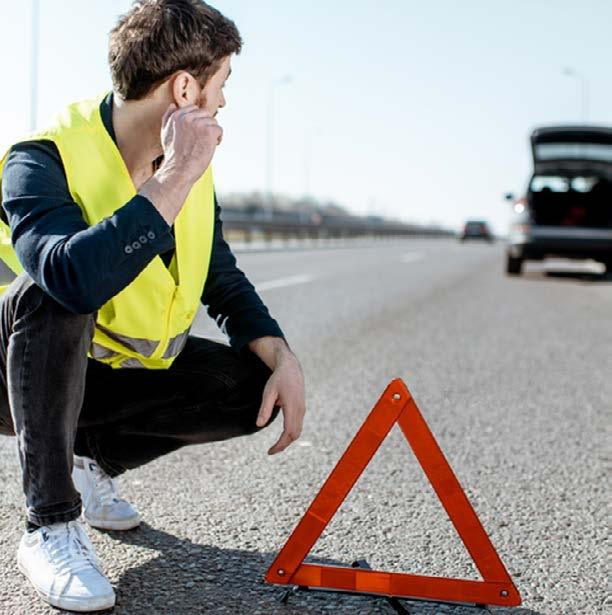
3 minute read
NHTSA’s 5 Tips for Summer Road Safety
06.17.2020 by Stefanie Valentic
States have begun to re-open their businesses following the threat of COVID-19, and Americans are beginning to venture out for fun in the sun.
The official start of summer is June 20, and that means vacations are on the horizon.
To keep the roads safe National Highway Safety Transportation Administration (NHTSA) recommends that drivers and passengers avoid distractions, stay sober, always wear a seat belt and make sure that children are in the correct car seat or booster seat.
As families hit the road for vacation, here are additional tips from the NHTSA to ensure a safe trip
SERVICE CAR BEFORE HITTING THE ROAD.

Regular maintenance such as tune-ups, oil changes, battery checks and tire rotations go a long way toward preventing breakdowns. If your vehicle has been serviced according to the manufacturer’s recommendations, it should be in good condition to travel. If your vehicle hasn’t been serviced—or you don’t know the service history of the vehicle you plan to drive— schedule a preventive maintenance checkup with your mechanic right away.
FIX OUTSTANDING SAFETY RECALLS.

Owners may not always know that their vehicle has been recalled and needs to be repaired. NHTSA’s VIN look-up tool lets you enter a Vehicle Identification Number (VIN) to quickly learn if a specific vehicle has an outstanding safety recall in the last 15 years. Check for recalls on your vehicle by searching now: NHTSA.gov/Recalls, and sign up for email recall alerts at NHTSA.gov/Alerts. If your vehicle has an outstanding safety recall, contact the local new car dealer of your vehicle’s brand for your free repair.
CHECK YOUR TIRES.

Check your vehicle’s tire inflation pressure at least once a month and when your tires are cold (when the car hasn’t been driven for three hours or more)—and don’t forget to check your spare, if your vehicle is equipped with one. The correct pressure for your tires is listed on a label on the driver’s door pillar or doorframe or in the vehicle owner’s manual. Take five minutes to inspect your tires for signs of excessive or uneven wear. If the tread is worn down to 2/32 of an inch, it’s time to replace your tires. Use the “penny test” to determine when it’s time to replace your tires. Place a penny in the tread with Lincoln’s head upside down. If you can see the top of Lincoln’s head, your vehicle needs new tires. For more information on tire safety, visit NHTSA.gov/Tires.
BE PREPARED FOR EMERGENCIES.

Even a well-maintained vehicle can break down, so it’s good to put together an emergency roadside kit to carry with you. Suggested emergency roadside kit contents: Cell phone and charger First aid kit Flashlight Flares and a white flag Jumper cables Tire pressure gauge Jack (and ground mat) for changing a tire Basic repair tools Nonperishable food, drinking water, and medicines Maps Emergency blankets, towels and coats.
BE COGNIZANT OF OTHER VEHICLES. SHARE THE ROAD.

Warmer weather attracts many types of road users, including motorcyclists, bicyclists, and pedestrians. While they have the same rights, privileges, and responsibilities as every driver, these road users are more vulnerable because they do not have the protection of a car or truck. Things to remember as a driver: Leave more distance between you and a motorcycle— three or four seconds worth. Keep your eyes open for distracted pedestrians. Stop for pedestrians and bicyclists who are in a crosswalk, even if it’s not marked. Cars stopped in the street may be stopped to allow pedestrians and bicyclists to cross. Do not pass if there is any doubt. When you are turning and waiting for a gap in traffic, watch for pedestrians and bicyclists who may have moved into your intended path. Be especially attentive around schools and in neighborhoods where children are active.







